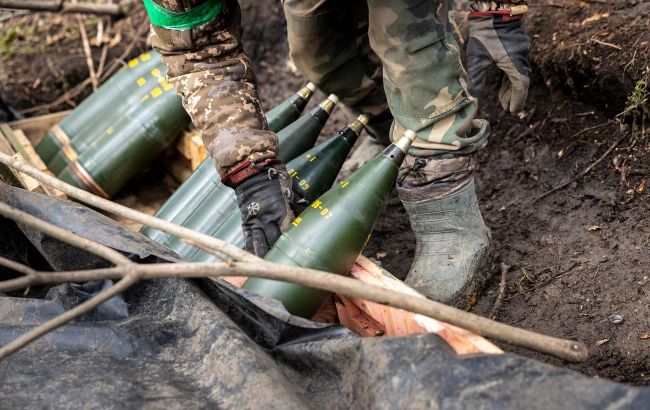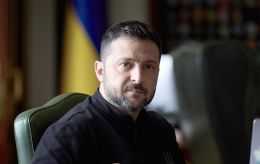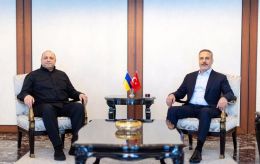US reportedly offers to transfer South Korean shells to Ukraine
 Illustrative photo (Photo: Getty Images)
Illustrative photo (Photo: Getty Images)
American experts believe that in the face of critical shortages in Ukraine's artillery ammunition, the US could turn to South Korea. This pertains to the transfer of 105mm caliber ammunition, which Seoul is gradually phasing out, reports Yonhap.
Experts at the Washington-based Center for Strategic and International Studies (CSIS), Mark Cancian and Chris Park, analyzing the arms markets situation, noted that South Korea, which is transitioning its artillery from 105-millimeter to more powerful 155-millimeter platforms, may not be able to transfer 155-millimeter shells due to increasing threats from North Korea.
According to their estimates, South Korea may have about 3.4 million 105-millimeter artillery shells compatible with all 105-millimeter howitzers owned by Ukraine (British L119 and American M101).
The experts also believe that transferring 105-millimeter shells will not harm the combat readiness of the South Korean army. This is because currently, less than 30% of the country's artillery is of this caliber, and there is a transition to 155-millimeter self-propelled howitzers of domestic production.
Transfer procedure
It is known that South Korea has previously provided the United States with ammunition on condition that the latter be their "end user." According to experts, this method could allow Seoul to indirectly provide military support to Ukraine while maintaining its principle of "non-lethal" aid to Ukraine.
They recalled that last year, Washington collaborated with Seoul to send over 300,000 155-millimeter shells to Ukraine, receiving ammunition from South Korea on the condition that the US was their final consumer.
This allowed Seoul to indirectly support Ukraine with weapons without formally violating its principle of "non-lethal aid."
Supply of allied shells to Ukraine
In the near future, at the initiative of Czechia, a large quantity of ammunition will be sent to Ukraine.
Czechia received 300,000 shells for Ukraine. They will provide a vital break for several months on the front line.
As Lieutenant General Ivan Havruliuk noted, in a month or two, the difference in the ratio of artillery shells between Ukraine and the Russian Federation will significantly decrease, citing the strengthening of production capabilities and assistance from partners.

